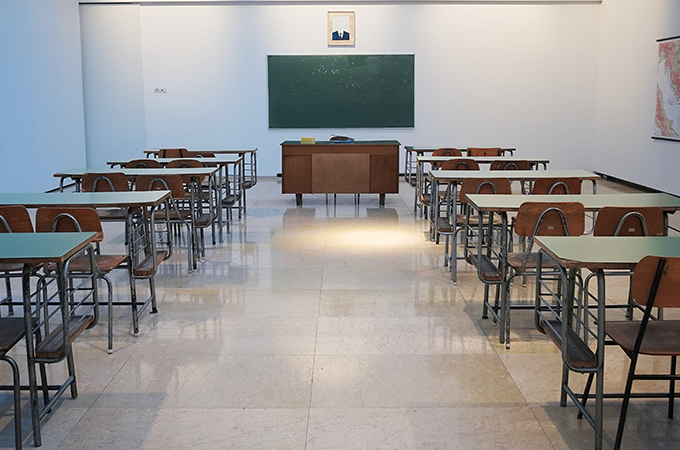How are school superintendents adapting to the changing landscape caused by COVID-19? The University of Redlands School of Education recently hosted a virtual conversation to find out.
During the event, Professors Ann Blankenship-Knox and Paul Jessup spoke with Redlands Unified School District Superintendent Mauricio Arellano and Santa Ana Unified School District Superintendent Jerry Almendarez. The two administrators highlighted their successes, explained their challenges, and spoke about plans for the future.
“Leadership always matters in education, and it is particularly important in times of crisis,” said Blankenship-Knox, who asked Arellano and Almendarez how they’ve responded, organizationally and personally, to COVID-19 in their districts.
Almendarez, who is new to the Santa Ana Unified School District after serving nine years as the Colton Unified School District superintendent, revealed he felt lonely in the early days of the pandemic, but his colleagues rallied around him.
“As superintendents, we’re supposed to be the first to make decisions and to have control,” he said. “But things were happening so quickly, and it was tough. How do you communicate information that’s changing from minute to minute? In the end, we came together to make inclusive decisions, and that camaraderie has really gotten me through it.”
Arellano agreed, explaining he relied on district personnel and teachers in new ways, working with them to form a COVID-19 task force to collect expertise and feedback from community stakeholders.
For many school districts, spring break played a critical role in giving teachers and administrators time to plan curricula for distance learning when schools were ordered to close. In a perfect world, Almendarez said he would have changed the dates of spring break for his district to allow for more preparation time during the transition from classroom to home learning. But those dates couldn’t be changed after they were set. Instead, he and his team worked day and night to develop lesson plans and deliver resources to community members in the span of four days.
On the other hand, Arellano said that spring break presented a “golden opportunity” for his district. “It gave us a chance to think about what distance learning was going to look like, considering equity and the resources available to our students at home,” he said. “We got into a rhythm and created a common message that allowed for a pathway forward.”
Both of the panelists emphasized the importance and strength of their staff and teachers and spoke of the ways they’ve supported them. Messages of encouragement have meant the most to Almendarez, so he tries to pay that forward. When teachers from an elementary school in his district invited him to sit in on one of their video meetings, he found a school shirt they had given him and wore it to the virtual meeting. “It’s the little things that motivate people for the rest of their day,” he said.
Similarly, Arellano takes the time to look for the good things happening every day and reminds his teachers they have permission to make mistakes. “This is not the time to seek perfection,” he said. “Things are going to fail and that’s okay. It’s O.K. to try new things and not fear. We have to find the little victories, and let people know we see and appreciate them.”
Looking to the future, the panelists are thinking about ways to improve distance learning, in-person instruction, and curricula based on what they’ve learned over the past two months. Almendarez notes 90 percent of the Santa Ana Unified School District population is comprised of students of color, who have been uniquely affected by COVID-19 due a lack of access to testing and healthcare. Arellano is focused on developing social-emotional learning curriculum components for students and their families to explore at home.
“The future will involve a lot of communication and discussion,” said Arellano. “But I’m confident we will rise to the challenge and find a way forward.”
Learn more about the School of Education and its Department of Leadership and Higher Education.






